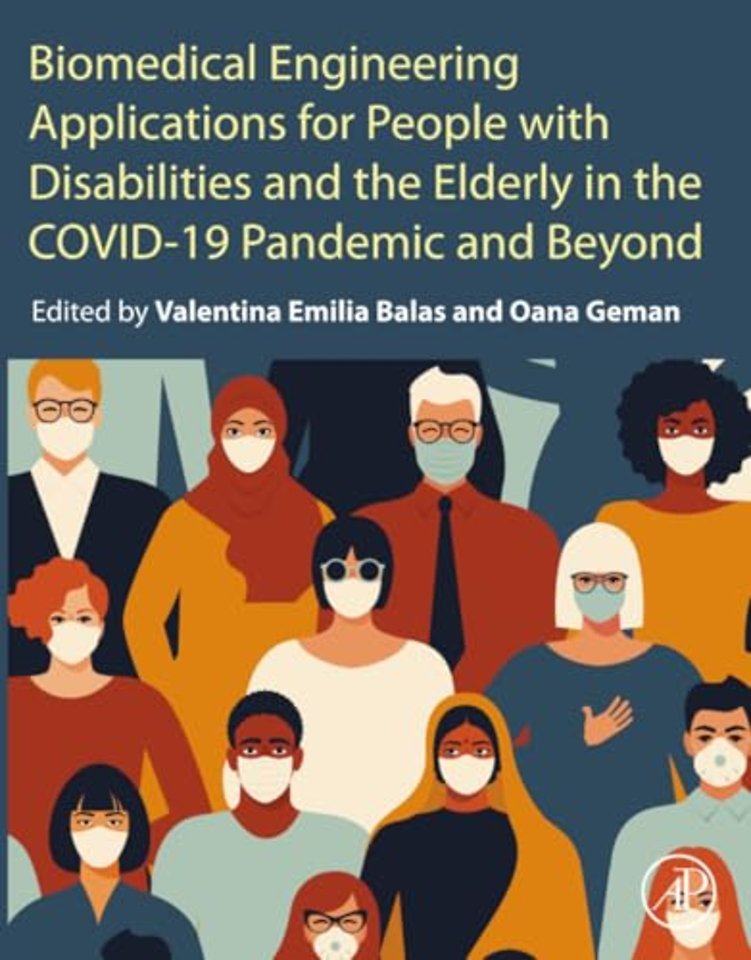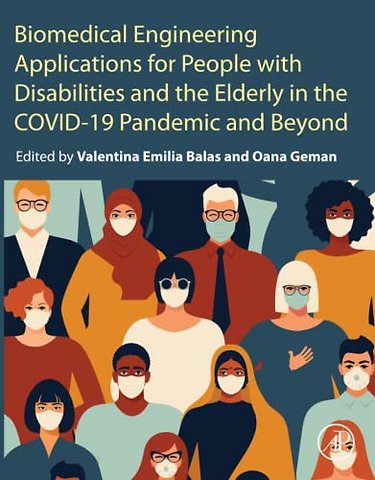Biomedical Engineering Applications for People with Disabilities and the Elderly in the COVID-19 Pandemic and Beyond
Samenvatting
Biomedical Engineering Applications for People with Disabilities and the Elderly in the COVID-19 Pandemic and Beyond presents biomedical engineering applications used to manage people’s disabilities and care for the elderly to improve their quality of life and extend life expectancy. This edited book covers all aspects of assistive technologies, including the Internet of Things (IoT), telemedicine, e-Health, m-Health, smart sensors, robotics, devices for rehabilitation, and "serious" games. This book will prove useful for bioengineers, computer science undergraduate and postgraduate students, researchers, practitioners, biomedical engineering students, healthcare workers, and medical doctors.
This volume introduces recent advances in biomaterials, sensors, cellular engineering, biomedical devices, nanotechnology, and biomechanics applied in caring for the elderly and people with disabilities. The unique focus of this book is on the needs of this user base during emergency and disaster situations. The content includes risk reduction, emergency planning, response, disaster recovery, and needs assessment. This book offers readers multiple perspectives on a wide range of topics from a variety of disciplines. This book answers two key questions: What challenges will the elderly and people with disabilities face during a pandemic? How can new (or emerging) advances in biomedical engineering help with these challenges?

